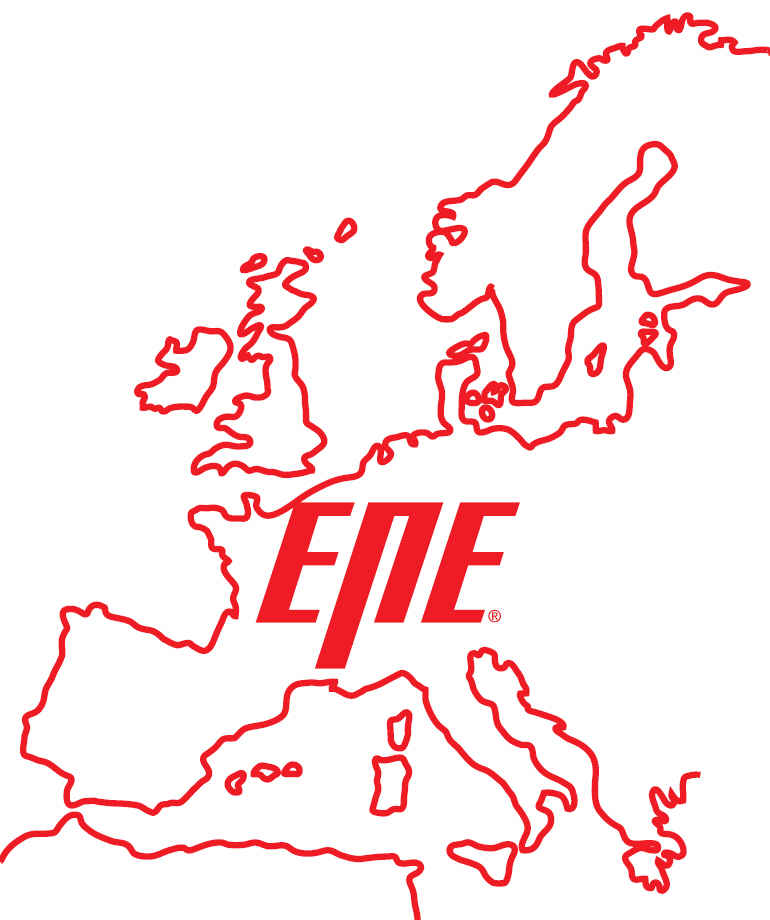The Power Electronics community will gather in Ghent, Belgium, from 6 to 10 September 2021, to exchange views on research progress and technological developments in the various topics related to Power Electronics and Adjustable Speed Drives.
The 23rd European Conference on Power Electronics and Applications will be organised in Euregio Benelux, slightly extended within Germany with the kind collaboration of RWTH Aachen. The region is at the crossroads of Europe, includes one of its Capitals and has always been an important centre of culture, science, humanities, trade and industry, radiating to whole Europe and the world.
Furthermore, for the EPE ECCE Europe conference and its community, it will be coming back to the country where it all began, in 1985 in Brussels.
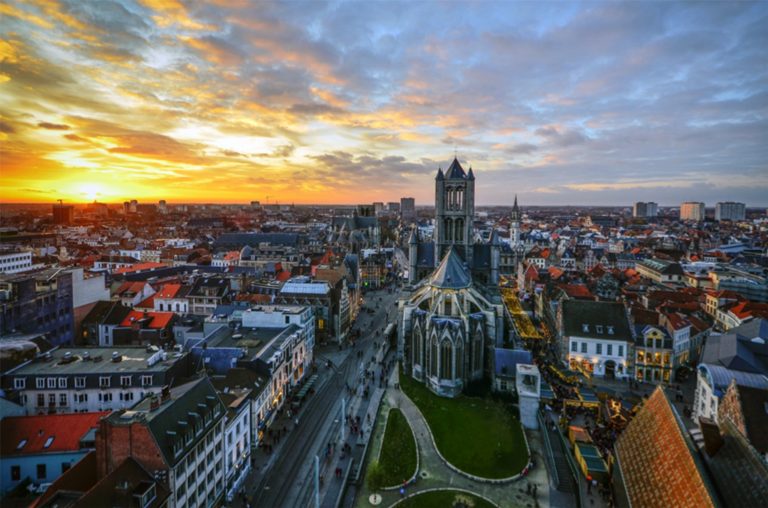
WELCOME TO GHENT, A CITY WITH A GREAT HISTORY…

The history of Ghent begins in the year 630 when St Amandus chose the site of the confluence (or ‘Ganda’) of the two rivers, the Lys and the Scheldt, to construct an abbey. Nearly 1400 years of history are still palpable in the city today: a medieval castle surrounded by a moat, an imposing cathedral, a belfry, three beguinages… Nowhere else does one find so much history per square metre than in the historical heart of Ghent!
From the year 1000 to around 1550, Ghent was one of the most important cities in Europe. It was bigger than London and second only to Paris in size. The 60,000 inhabitants it had in the 14th century clung forcefully to their rights: earls and princes discovered that the proud and rebellious people of Ghent would not relinquish their hard-won privileges and freedoms without a fight.
Until the Battle of the Golden Spurs in 1302, the city was ruled by a number of rich merchant families. Because they mostly chose the side of the French king against the Count of Flanders, the people gave them the nickname ‘Leliaerts’, derived from the lily on the French coat of arms. As the trades and guilds gained more political power in the 14th century, Ghent came to acquire a more democratic government.
Over the centuries the inhabitants of Ghent remained true to their reputation of being headstrong and awkward. They even rebelled against their own child prince, Charles V. But that was a bridge too far: the citizens of Ghent were publicly humiliated and the Klokke Roeland, the symbol of Ghent’s independence, was removed from the Belfry. The once powerful city-state had literally and figuratively fallen to its knees.
The economic situation also gradually worsened. The city lost its passage to the sea and the population decreased by half. Only in the second half of the 18th century was there an economic revival. In 1816, under Dutch administration, Ghent acquired its own university. As a commemoration, a statue of king William I of the Netherlands, founder of the University, was unveiled on Reep. Ten years later the city again became a sea port thanks to the Ghent-Terneuzen canal.
Nevertheless, Ghent still continued to sail against the tide: during Belgium’s independence struggle many inhabitants remained loyal to the Dutch House of Orange. Ghent later became the continent’s first large industrial centre. As a result, it was here that the socialist movement and the first trade union associations appeared.
In 1913, Ghent showed its best side during the World Exhibition. Because it suffered little bomb damage during the two world wars, Ghent’s historical heritage has remained largely intact right up to the present, as you will be able to see with your own eyes…
SO MUCH GHENT – DISCOVER IT YOURSELF
‘The historic heart of Flanders’, ‘a city of all ages’, ‘Mediaeval Manhattan’ and ‘Europe’s best-kept secret’: the nicknames Ghent has collected over the years are as colourful as the city itself. Walk through the centre of Ghent and you will immediately see why it has won so many tourism prizes and earned so much international acclaim.
Nowhere else can you flit so quickly from the 14th to the 21st century and back again, without feeling out-of-place for a minute.
Ghent is full of charming history and modern-day fun. Vibrant Ghent is well worth a stay. Quirky Ghent offers a fascinating cultural cocktail brimming with trendy, modern urban life. It is a city where people enjoy the good life: a chilled-out place where anything goes and a city that feels human. National Geographic Traveller Magazine calls Ghent the most authentic historic city in the world, and it is buzzing with life 24 hours a day.

Ghent has to be not just seen but experienced. Take your time, get lost in the historic centre, explore the museums, enjoy our culinary talent and throw yourself into the bustling nightlife.
Ten tips on what to see and do in Ghent:
1. The Castle of the Counts
A trip to Ghent is simply not complete without a visit to the mysterious ‘Castle of the Counts’. This important sight in Ghent is a castle with a very turbulent past, closely intertwined with the complex—often stormy—political and social history of the city. It is the only remaining mediaeval castle with a moat and largely intact defence system in Flanders. Your visit to the Castle of the Counts will give you a complete picture of heraldic culture in the 12th century. The gatehouse, ramparts, keep, count’s residence and stables are open to visitors. The Castle of the Counts boasts a unique collection of torture equipment. What used to be the pantry now features the torture equipment, which is displayed in a suggestive executioner’s cabinet. The former courtroom features the collection of judicial objects. The Castle of the Counts also hosts all kinds of cultural activities, events and activities, for example during the Ghent Festivities. It is also a popular place to get married for Ghent’s locals.
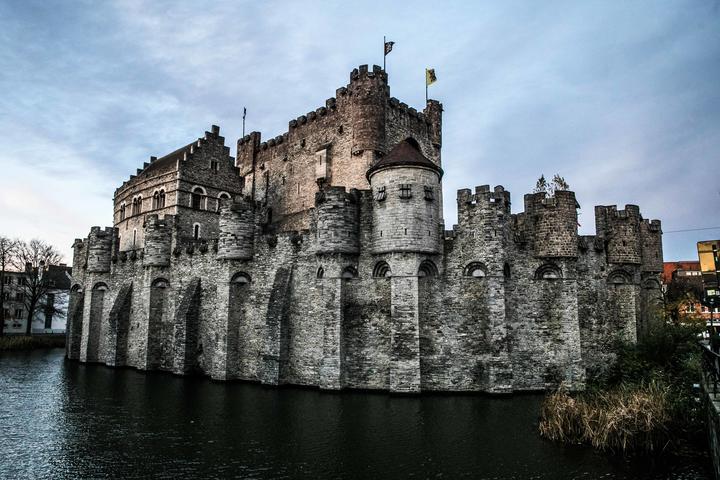
2. The Ghent Altarpiece: supreme divine art

The Ghent Altarpiece, or ‘The Adoration of the Mystic Lamb’ by the Van Eyck brothers, completed in 1432, is recognized worldwide as a great work of art, and one of the most influential paintings ever made. It is an absolute must-see during your stay in Ghent. A total of 18 panels form a magical evocation of scenes from the Bible, as well as a portrait of the church warden, Joos Vijd, who commissioned the altarpiece, and his wife Elisabeth Borluut. The monumental Ghent Altarpiece was painted on oak panels covered in thin layers of a mixture of chalk and animal glue. The figures were applied in several layers of oil paint. The combination of the painstaking work and transparent paint creates an extra dimension. Discover it for yourself as you stand in front of this masterpiece. You will see that an inner glow seems to radiate from the painting: the light of the divine.
3. History on the Graslei and Korenlei
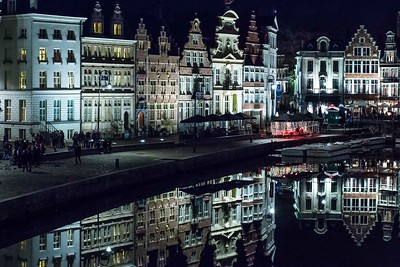
Ships have been docking here since the 11th century and Ghent wouldn’t have it any other way. The beauty of the Graslei in Ghent brings everyone and everything to a standstill. This is the place where beautiful façades are reflected in the River Lys. Tourists and residents like to relax on either side of the water, whether dangling their legs over the quay, or sitting comfortably at a café terrace. The houses by the water live and breathe history. The Cooremetershuys is now an accessory store. In the Middle Ages, however, the official corn measurer presided over the grain trade there. Have a good look at the completely restored façade of the Guild House of the Free Sailors as well. A lot of money has been invested in this building over the centuries, and it shows! The stately stepped gable from the old corn store has been watching over the town since the 13th century.
4. Old St Elizabeth Beguinage
The beguinages of Flanders and the Netherlands are always oases of calm and stillness, where you might still expect to see an old beguine mumbling her prayers in a doorway. Two of Ghent’s three beguinages have been included on the UNESCO World Heritage list. Although the Old St Elizabeth Beguinage, in Begijnhofdries in Ghent, is no longer enclosed by a wall, making it simply part of the city, it still has a unique atmosphere. Today the Old St Elizabeth Beguinage is known as ‘holy corner’, a place of religious tolerance, because it has no less than three different churches: one is Roman Catholic, one is Orthodox and the other is Protestant.
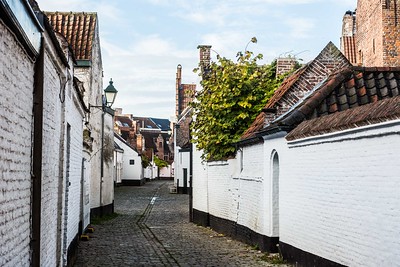
5. Ghent Belfry, world heritage
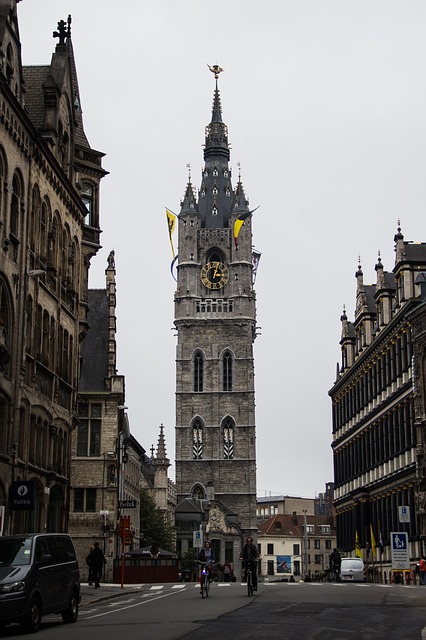
Look up at the magical city skyline: you can’t miss it. The Belfry is the middle tower in the famous row of three, between St Bavo’s Cathedral and St Nicholas’ Church. A fiery dragon, the proud symbol and mascot of Ghent, guards the historic heart of the city.
The Ghent Belfry symbolises the city’s prosperity and independence. The Cloth Hall, built onto the Belfry, was completed in 1907. The flamboyant Brabant Gothic style of the Cloth Hall is an ode to the industry to which Ghent owes so much.
Every Sunday morning you can hear the carillonneur at work between 11 am and 12 noon, and you can enjoy a carillon concert on the first Friday of each month from 8 to 9 pm. In the summer months, the concert takes place every Saturday night!
The Ghent Belfry is a recognised UNESCO World Heritage.
6. St Michael’s Bridge, romantic Ghent
St Michael’s Bridge is the place for romantic hearts. Wherever you look, there is a breathtaking view: you are surrounded by 360 degrees of Ghent’s charming beauty. Get an extra-special fairy-tale view of the heart of Ghent at twilight, when all the historic sights are gorgeously illuminated.
St Michael’s Bridge used to be a flat turntable bridge, but it was replaced by stone arches at the beginning of the 20th century. In the middle of the bridge is a beautiful central lantern with a bronze statue of St Michael.
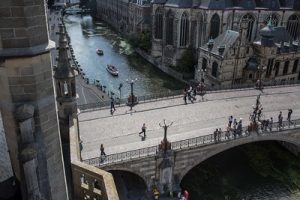
7. St Bavo’s Cathedral: majestic tower
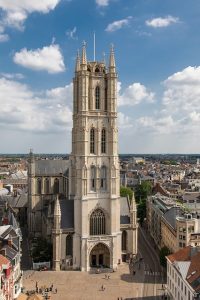
This magnificent sight on Sint-Baafsplein in Ghent is a proud old lady: don’t just walk past her on your city trip.
St Bavo’s Cathedral is the oldest parish church in the lively heart of Ghent. It stands on the site of a 10th century church and a 12th century Romanesque church. The latter was dedicated to St John the Baptist.
In the Middle Ages, Ghent was a rich and powerful city that had the means to commission ever-larger and more opulent churches. So the Church of St John the Baptist was converted during the 15th and 16th centuries into the imposing Gothic St Bavo’s Cathedral.
8. Magical Ghent in the evening
As evening falls, the daylight in Ghent does not simply make way for the streetlights. There is light art to enjoy as well. Streets, squares and buildings are covered in an artistic light display. It is almost as though the city were getting dressed up for the theatre. The effect is awe-inspiring. Discover Ghent Alight and immerse yourself in this de-light-ful evening experience! The Ghent Light Plan was first designed in 1998. The idea was to provide sustainable lighting for the city without wasting energy. But at the same time, it has transformed the centre of Ghent into a magical nocturnal landscape of light and shadow. Architectural accents, streets, monuments and squares are lit up to display them at their best. Ghent is a leading light in combining environmentally conscious lighting with beauty. Let the play of atmospheric lights spark your imagination. Rediscover the city by night in a whole different way. The city has received many prizes and international acclaim for its pioneering role in integrated city lighting and illumination.
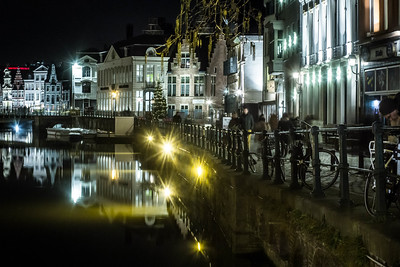
9. Ghent: City of Art
Do you like modern art or would you rather look at paintings by the Flemish Old Masters? In Ghent you will find the past right alongside the present. Centuries of history and culture go hand in hand here with contemporary liveliness and modern creativity. Each of the museums in Ghent is an experience in its own right.
A wide range of themes such as psychiatry, the visual arts or the city’s industrial past offer something for everyone. The Adoration of the Mystic Lamb by the Van Eyck brothers is one of Ghent’s absolute top attractions. Every season, the S.M.A.K. comes up with astonishing international exhibitions at world level.


10. Ghent for Foodies
Of all the culinary specialities of the region, Ghent waterzooi is undoubtedly the best known. Ghent also has one of the most exciting culinary scenes in Europe. Proportionally, the city has more vegetarian restaurants than say Paris or London, and therefore calls itself the veggie capital of Europe, a title to be proud of! There are dozens of fun, unique little restaurants, shops and there is even an organic supermarket!
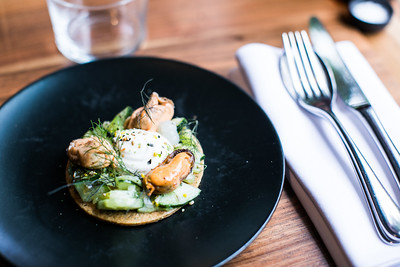
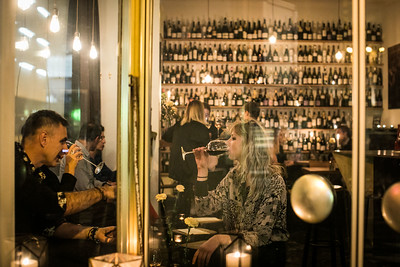
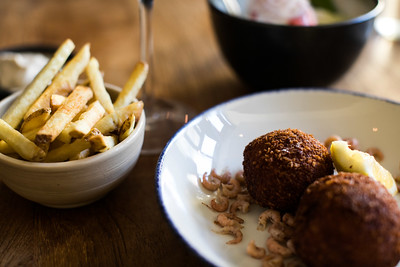
Unless indicated otherwise, all texts and photos are on the courtesy of GentCongres / The city of Ghent and copyrighted by ©VisitGent
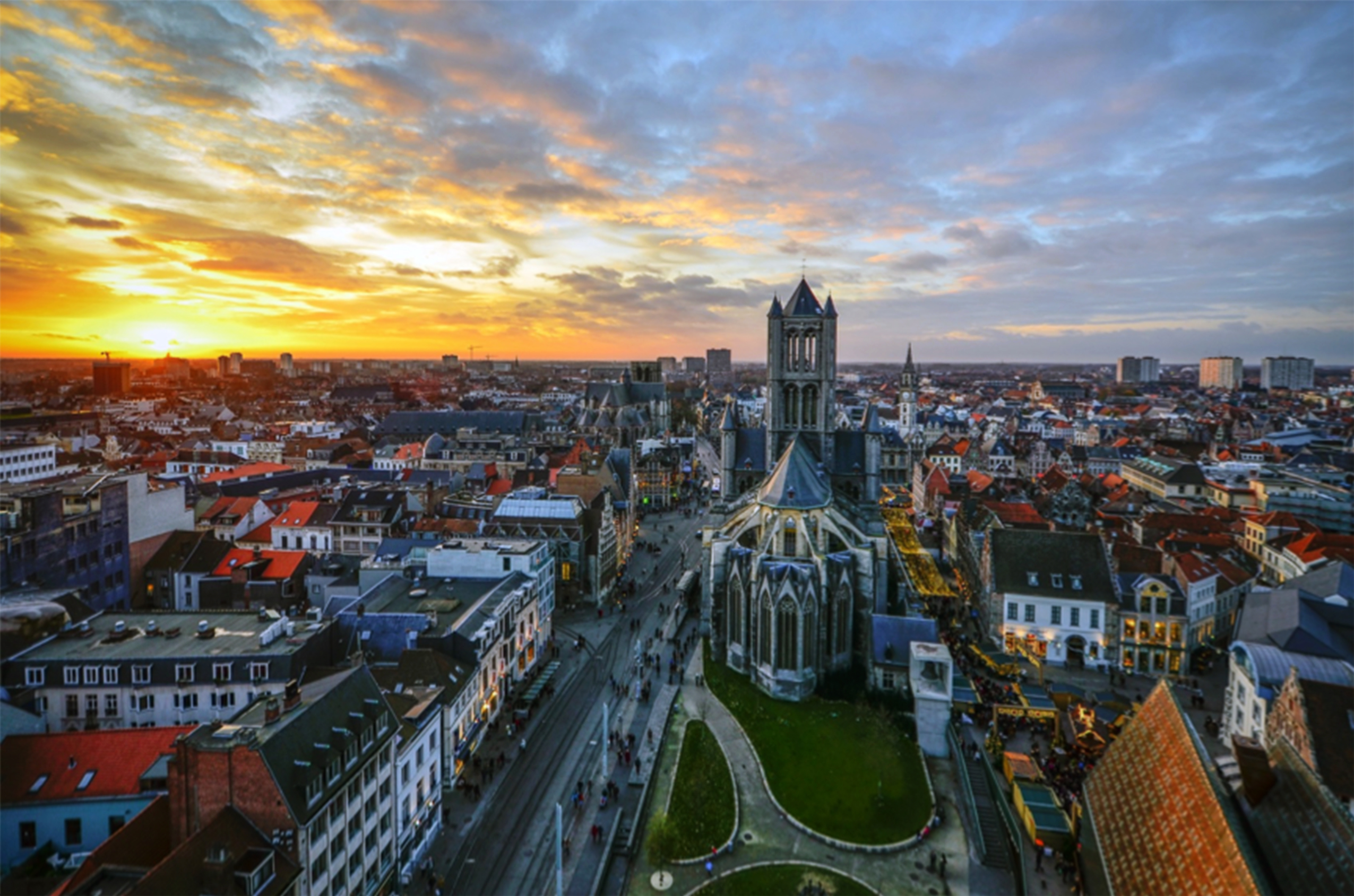

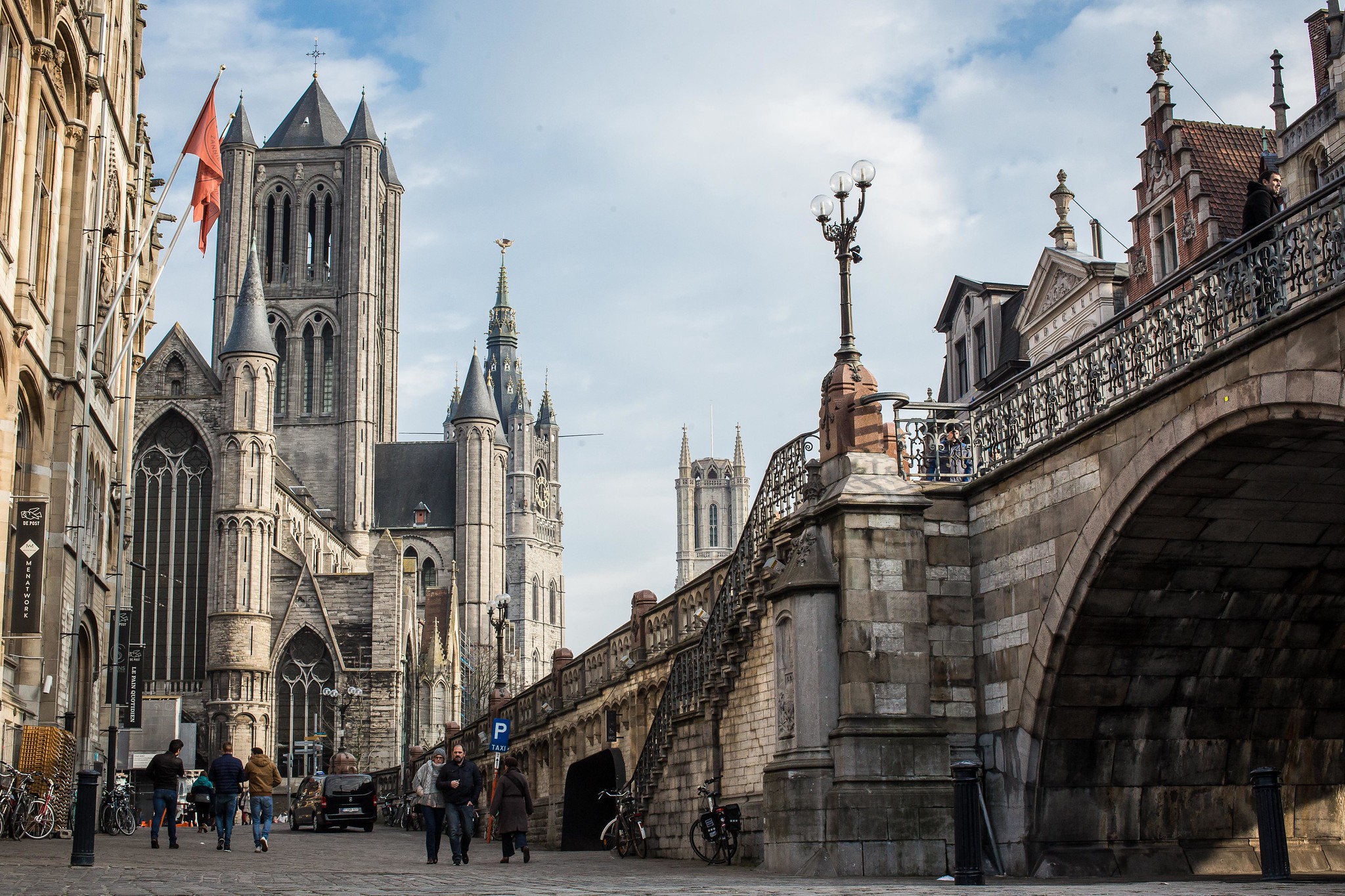

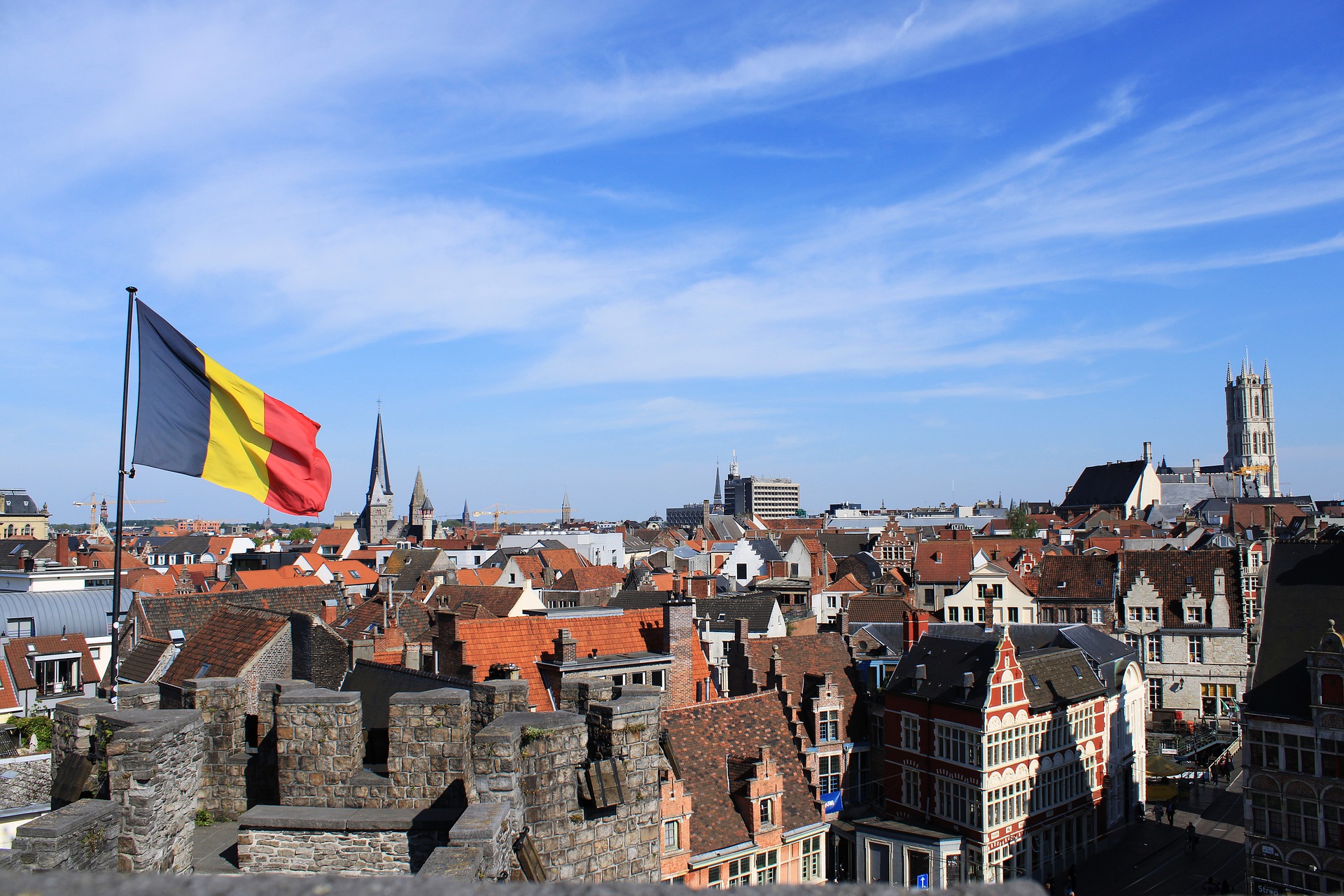



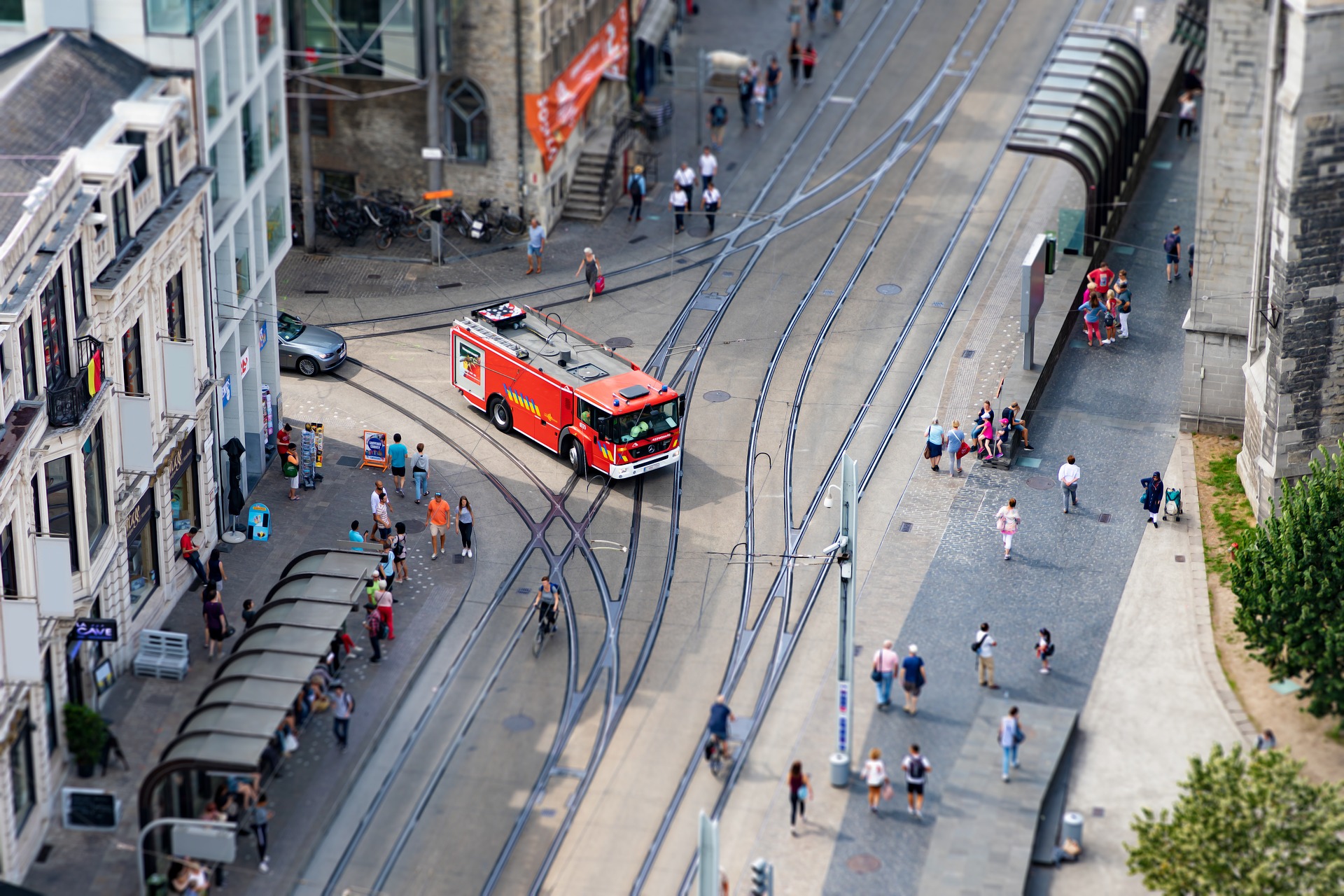





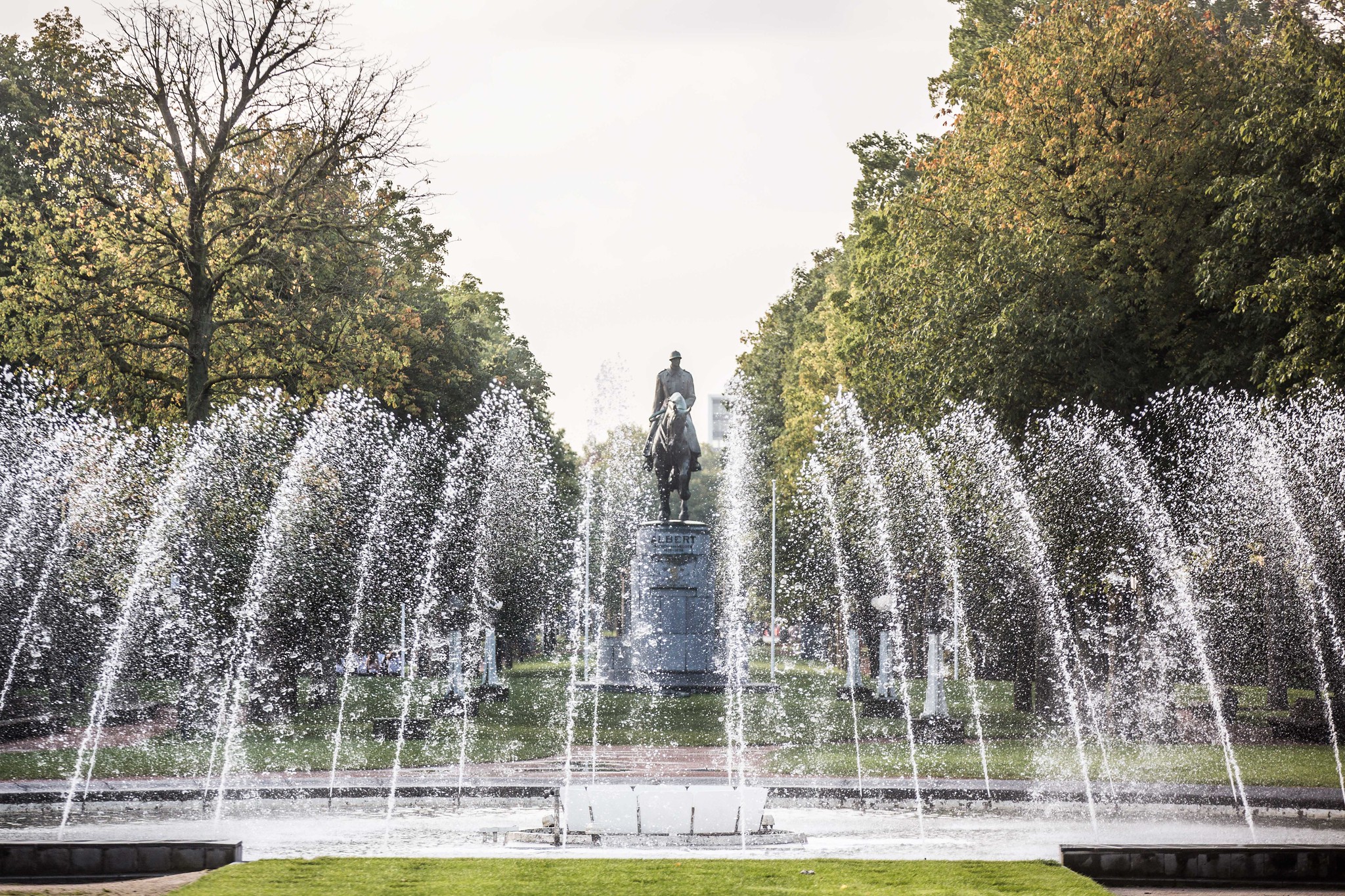

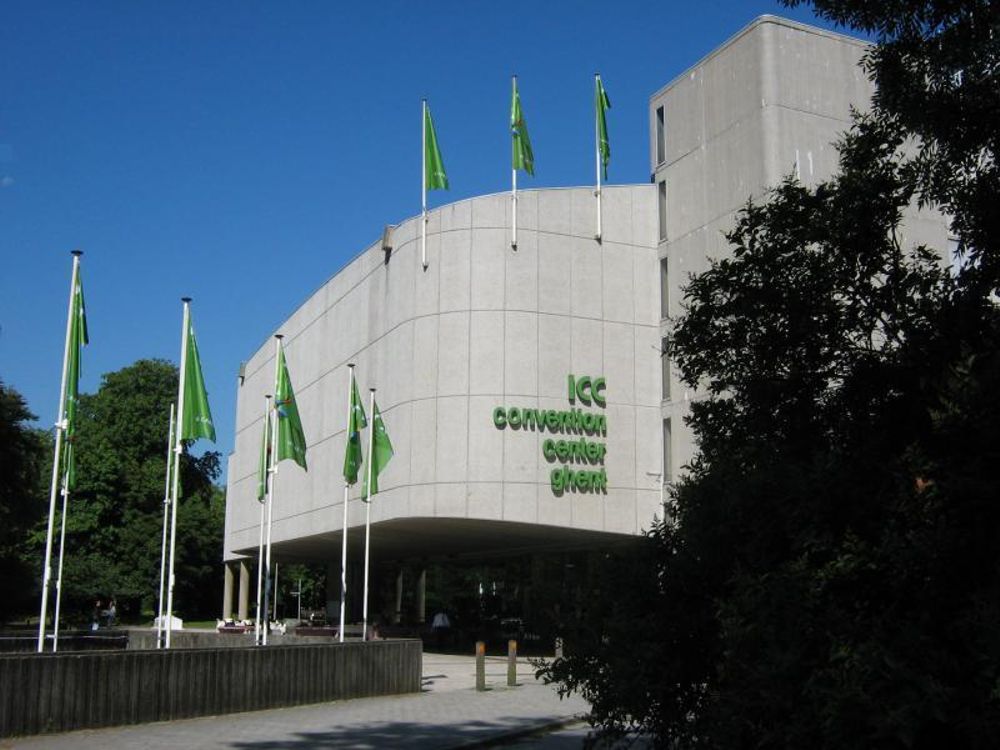

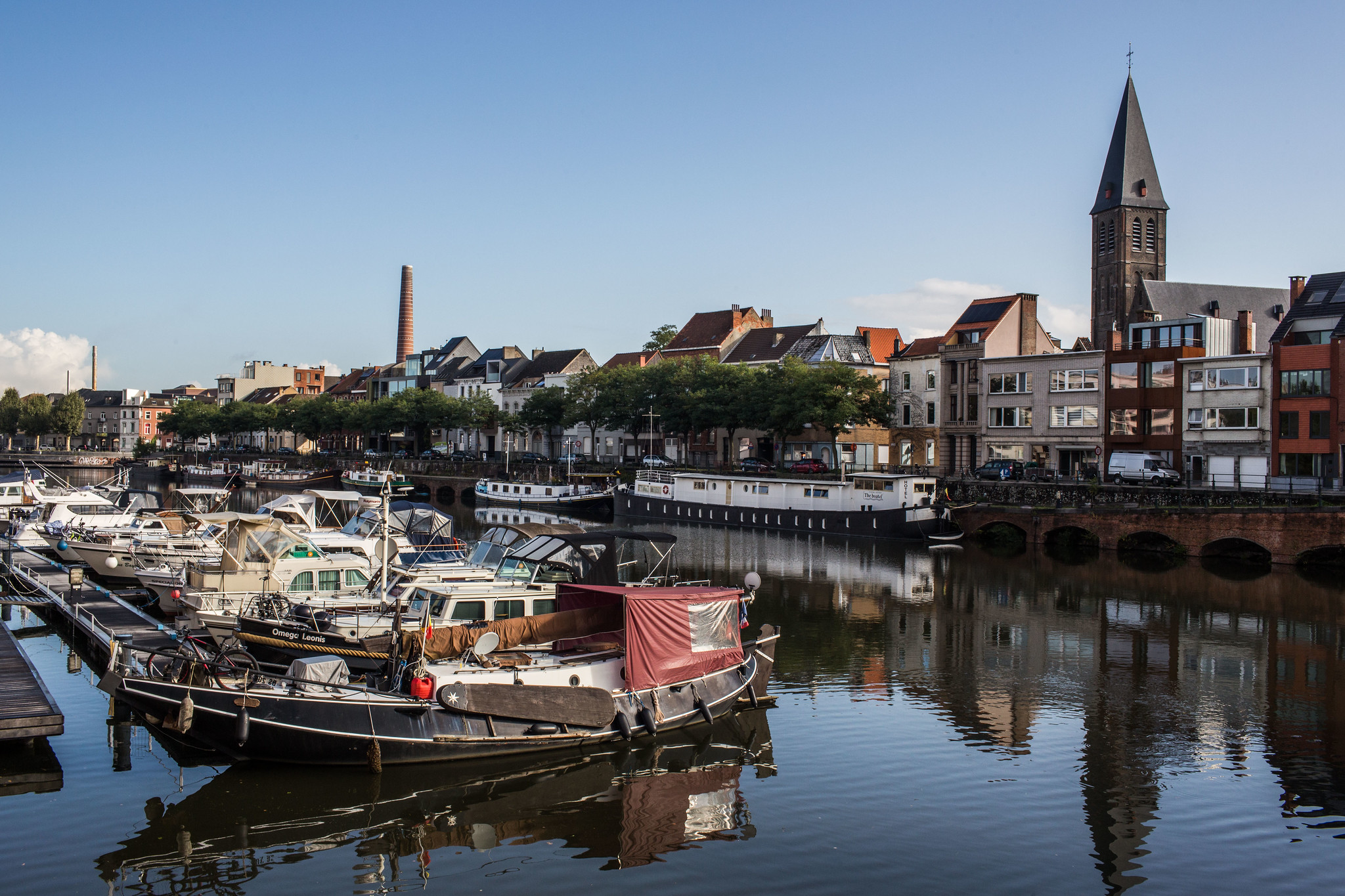



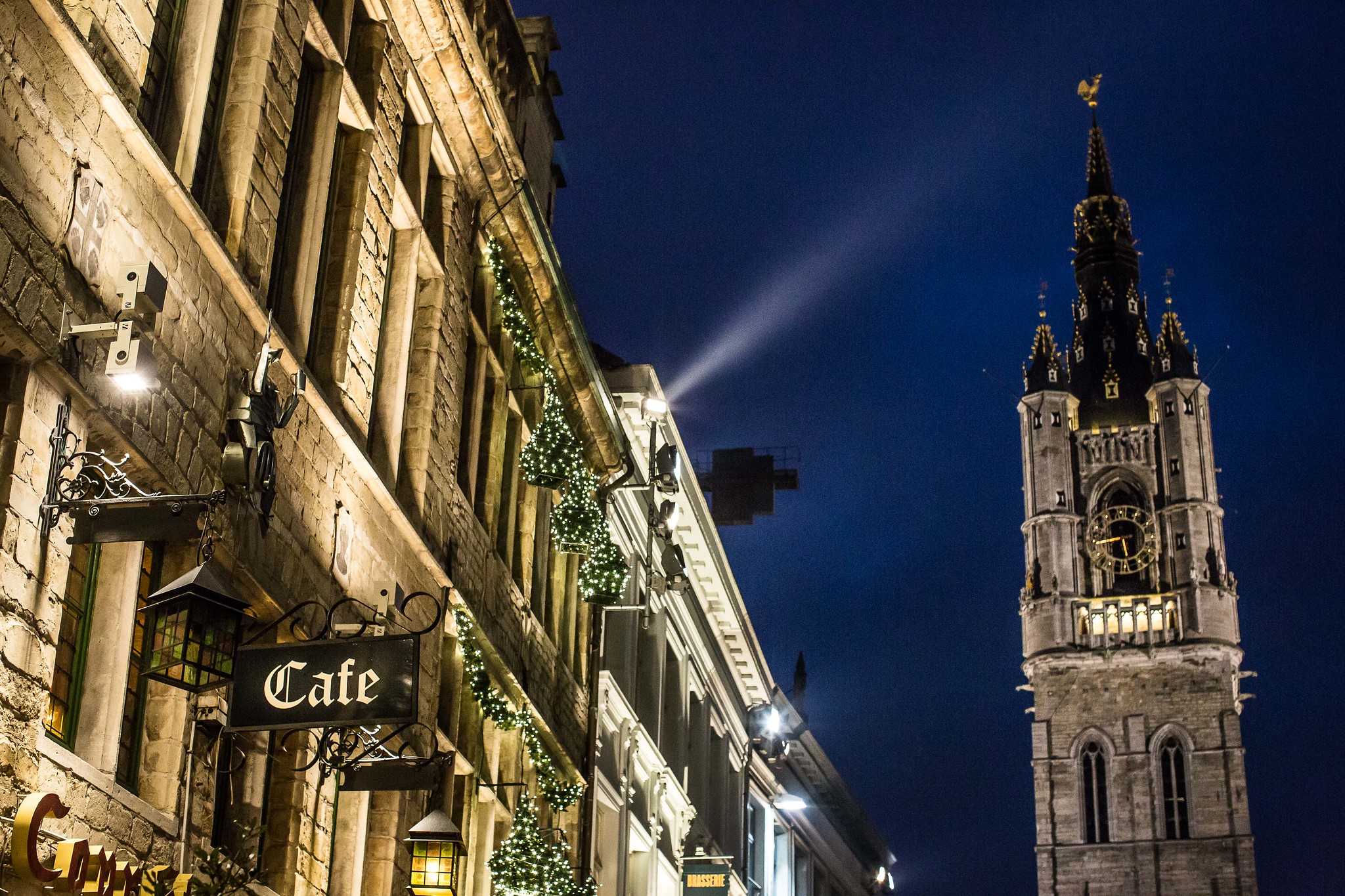

©VisitGent
©VisitGent
©VisitGent
©VisitGent
©VisitGent
©VisitGent
©VisitGent
©VisitGent
©VisitGent
©VisitGent
©VisitGent
©VisitGent
©VisitGent
©VisitGent

